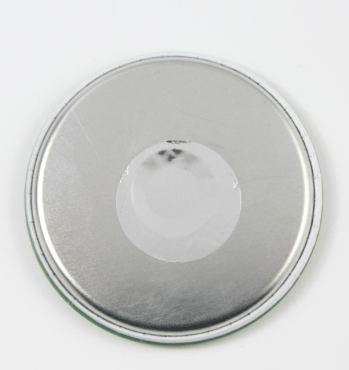Fleas and ticks can be highly irritating and lead to scratching and other health problems in your pets, like dogs, cats, horses, etc. Despite being tiny in size, these pests can be very troubling. As they are hard to spot on your pet’s body, removing them by hand can be tiresome.
Moreover, ticks and fleas can be dangerous to humans as well. Therefore, you may need professional assistance to eliminate them from your home so they do not spread to other pets. An experienced pest control agency like Brooks Pest Control can help you permanently eliminate ticks and fleas from your home.
Threats posed by ticks and fleas
Adult ticks are about 3-5mm long, about the size of a sesame seed, while an adult flea is about 1.5-3.3mm. However, don’t let the small sizes of these bugs fool you; according to EquityTeam Management, they can be highly dangerous to your pets and family members. The following are the threats they pose.
Threats posed to pets
Ticks and fleas can pose the following dangers to your pets.
- Ticks can spread serious diseases like Rocky Mountain spotted fever. The disease attacks blood cells, and the symptoms often include fever, joint pain, loss of appetite, and swollen lymph nodes.
- Ticks can ingest a toxin into pets that can cause paralysis. However, if you remove the ticks, your pet can quickly recover.
- A flea can suck blood that is up to 15 times its body weight. If several ticks attack a pet, it can lead to Anemia and low iron levels in the blood. Lack of energy and pale gums are the common signs of lack of blood in your pet.
- If your pet eats a flea infected with tapeworm, it will also contract tapeworm that will grow inside their body.
- Flea saliva can act as an allergen and cause allergies in some pets.
Threats posed to humans
Ticks and fleas can also affect humans directly or indirectly. Following are some threats posed by ticks and fleas to humans.
- Fleas can carry deadly bacteria and can cause severe diseases like plague and typhus through bite.
- Flea saliva can cause an allergic reaction and lead to flea allergy dermatitis. The symptoms may include irritation, red skin, extreme itching, infection, hives, etc.
- Fleas also carry tapeworms, which can be transmitted to humans through animal scratches or flea swallowing.
Identifying a tick and flea infestation
Following are the signs that your pet has contracted ticks or fleas, which can put them and your entire family at health risk.
- Your pet will scratch continually, as ticks and flea bites are infamous for causing itching.
- Pets with a tick or flea infestation may begin to lose hair due to scratching.
- The skin of your pet underneath the fur may have rashes.
- Look for flea dirt (feces) around your pet’s tails, ears, legs, feet, and face.
- Tiny white eggs of fleas that look like sand or salt grain in places your pet prefers to sit.
How to control tick and flea population
You can employ the following measures to prevent ticks and fleas infestation in your home.
- Vacuum regularly, as it will remove adult bugs as well as their eggs
- Use tight trash can lids to prevent ticks and fleas containing rodents from reaching your home.
- Ensure regular checkups of your pets and deworming to eliminate the risk of fleas and ticks.
- Thoroughly clean spots that may be good hiding spots for ticks, fleas, and other pests.
- The best method to control ticks and fleas population is to hire professionals to do the job.
Final takeaway
Ticks and fleas can be deadly despite being extremely tiny in size. They can spread severe diseases and can make you and your pets sick. Therefore, you must not ignore telltale signs of a tick and flea infestation and ensure timely action to eliminate the same.






